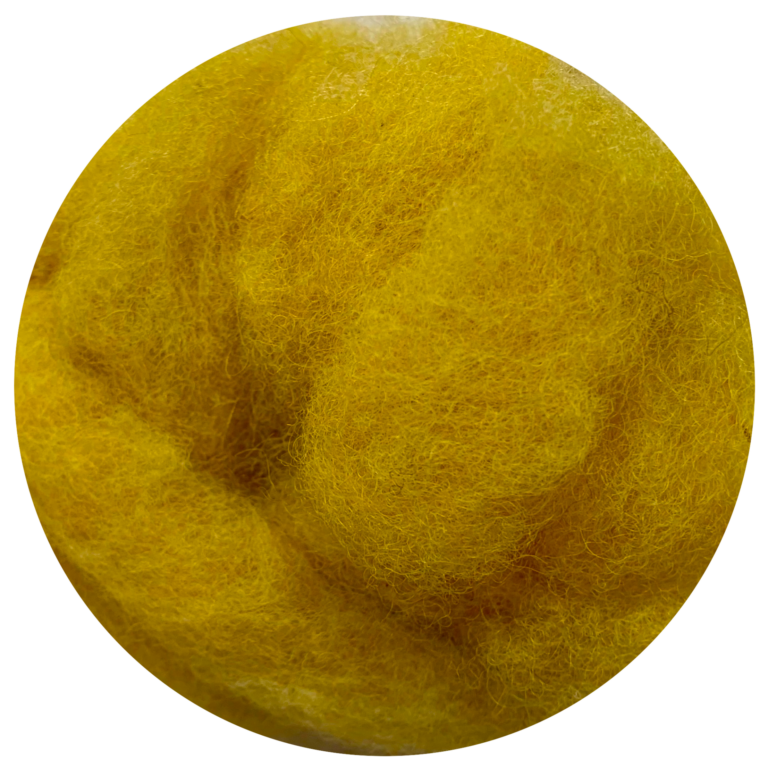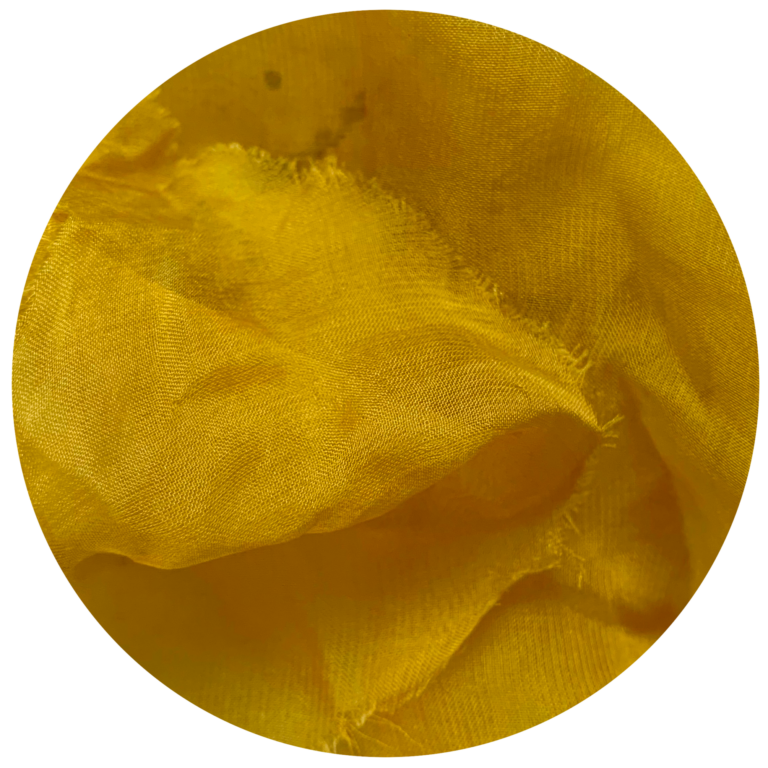dye material: flowers
yellow
If you picture tall weeds with fluffy yellow flowers, then you might be thinking of solidago. This flowering plant, also referred to as goldenrods, belongs to the Asteraceae family and can be found in North America, Europe and Asia.
Solidago has had many purposes throughout history and is most famous as a healing plant. In the Middle Ages, it was used for wound care and some sources even suggest that it was used as a remedy against evil witchcraft. Today, solidago can often be found as medicinal tea intended to help with bladder and kidney issues.
Apart from its characteristic healing powers, the leaves of the solidago plants also contain pigments which can be used for natural dyes, bringing out beautiful shades of yellow and gold.
Solidago is native to North America but has been well established in Europe for centuries. In the Netherlands, this plant, known as guldenroede in Dutch, is listed as an invasive species and can be found growing happily in the wild.Goldenrods are very popular with bees, especially because they bloom quite late in the year, leaving some extra treats for pollinators.
!Wildlife Attraction! Keep in mind that Solidago canadensis is highly attractive to bees, butterflies, and other pollinators. If you‘re planning to attract wildlife to your garden, this plant can be a great addition.
planting period
Early spring or late fall,
allowing the root system to establish before facing summer heat or winter frost.
harvest period
late summer to early-fall
soil
pH 6-7
nitrogen-rich
sun
full sun to light shade
water
During the establishment period it´s important to keep the soil evenly moist.
Once established, Solidago is relatively drought-tolerant and can withstand dry periods.
planting
0.3-0.6 cm deep + lightly covered with soil
30-60 cm apart
germination
Solidago canadensis can be planted from seeds or by dividing mature plants:
planting from seeds: Sow them directly into the prepared soil and just press them in very slightly as they need sunlight to germinate.
planting from divisions: Carefully separate the root clumps of an established plant and replant them in a new location by digging a hole slightly larger and deeper than the roots and place them within. Fill in the remaining space with soil, gently firming it around the root top.
maintenance
Solidago canadensis is a low-maintenance plant.
Applying a layer of organic mulch around the base of the plants, generally helps retaining soil moisture, suppress weed growth, and regulate soil temperature.
Deadheading the spent flowers regularly will promote continuous blooming.
Cut back the old stems, in late winter or early spring, to encourage new growth.
flower harvest
Use sharp pruning shears or scissors to cut the stems of the flower clusters. Make clean cuts just above a leaf node or set of leaves. Leave some foliage on then gently gather the cut flower clusters in a clean basket or container. If you’re not using the flowers immediately, place them in a vase or bucket with fresh water to keep them hydrated. Keep in a cool location out of direct sunlight.

